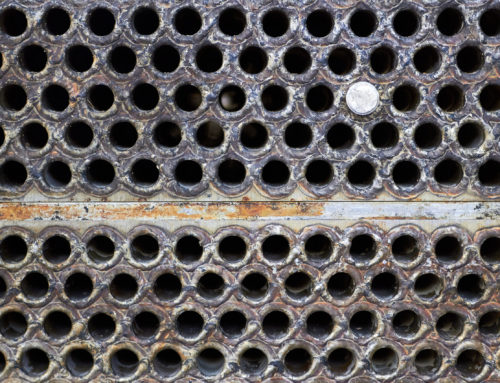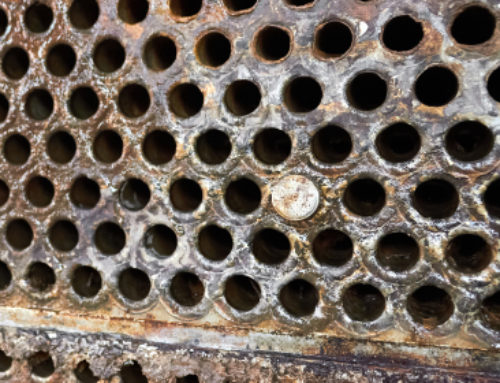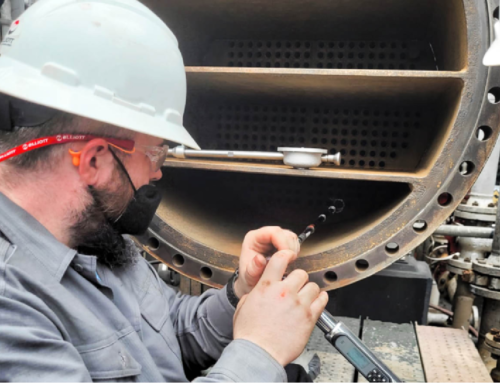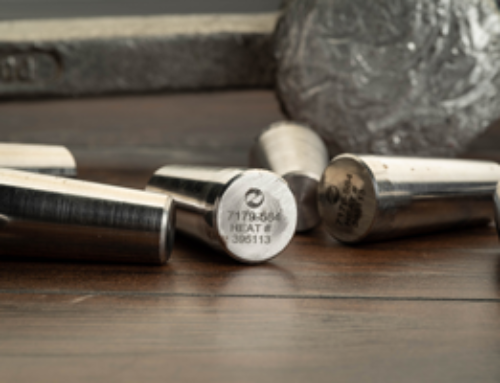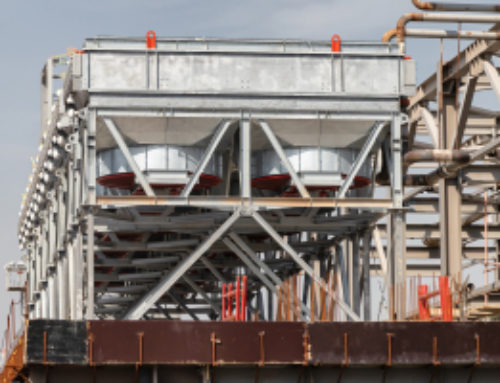Selecting The Correct Tube Plug Material
Not having a compatible tube plug material can result in leaks, costing hundreds of thousands of dollars or more in lost production and revenue. When plugging a “leaker” (leaking tube), it is good practice to use plugs that are the same or a compatible material to the tube in order to meet industry requirements and engineer specifications and avoid galvanic corrosion.
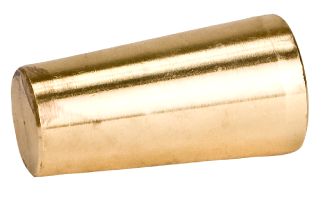
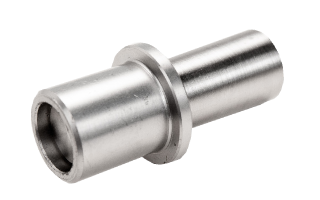
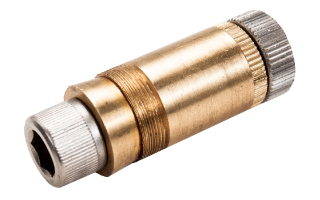
Galvanic corrosion can cause downtime and decreased efficiency in vessels, due to creating leaking tubes, corroded tube sheets and other damage to the vessel. It is critical that the plug material match the tube material as close as practical. Dissimilar metals in constant contact, in the presence of an electrolyte (water, sea water, ammonia, etc.) can experience galvanic corrosion and fail rapidly under normal operating conditions.
Corrosion can occur when an anodic material comes in contact with a cathodic material in the presence of an electrolyte. The anodic material loses its electrons to create hydroxide leaving the anodic material positively charged and highly reactive, which then allows them to join to another element leaving behind rust/corrosion.
In the case of a heat exchanger application, assume the leaky tubes are made of aluminum (active). Using a steel (passive) one-piece tube plug would corrode the aluminum causing failure in sealing the tubes.
Conversely, brass and copper are of similar metals and will produce very little galvanic corrosion. A galvanic element accelerates the corrosion of a less noble element. If the tube and tube plug are exactly the same material, there will be no galvanic corrosion as they are the exact same in terms of nobility.
For certain industries, such as the Refinery or Petrochemical industries, formal certification of the tube material is required. In order to ensure compliance with industry regulations, Materials Certificates certify the material used to manufacture the tube plugs. In other industries, such as HVAC, it is typical for vessels to either match the plug material to the tube material or to the tube sheet material.
If in doubt of tube plug requirements for the vessel, consult the manufacturer or the plant engineer where the vessel is used.

